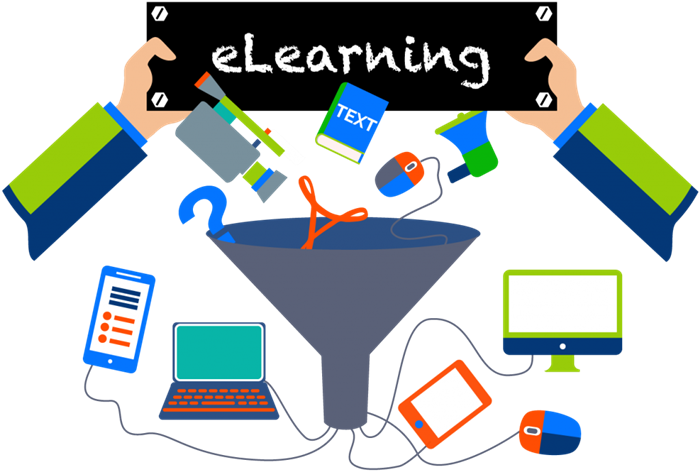Engaging E-Learning Solutions
Tailor-made effective and engaging eLearning solutions. From 2004 to date, we have seen eLearning evolve and have evolved with it. Over the years the most noticeable change has been the decline of Flash and the rise of HTML (and the associated tools), which even led us to the development of a custom framework of our own.
Our Custom eLearning Solutions are a result of careful considerations, deep understanding of your requirements, budget and timelines, and are based on solid instructional design methodologies, and graphic and media design principles.
Our Learning Management System is built on the following functionality
1. Creating and Managing Content
Adding Content to the Learning Management System
The first thing most clients want to do when they create a course in the Octopus Learning Management System is add some content, such as a syllabus or a course outline.
2. Managing and Updating Your Content
Uploading content is only half the work of content management in Octopus Learning Management Systems. You’ll need to ensure that your uploaded content is current, and you’ll occasionally want to replace or delete files. Fortunately, our LMS has some useful features to help you manage your content once it’s on the server.
3. Effective Content Practices
There are a few effective practices that can make life easier for the administrator and your students. First, there are file format tricks to ensure your students can download and use your content. Second, make sure the bit size of your files is as small as it can be, so your students won’t grow old waiting to download tomorrow’s lecture notes. Third, there are creative ways to use static content in your courses to help you and your students succeed.
4. Managing Your Class
5. Understanding and Using Roles
The new roles and permissions system in our LMS provides you with a huge amount of flexibility for managing how students and other people interact with your course. It allows you to create and customize roles, and to change what a given role can do in each activity. For example, you can now create permissions in individual forums, which allows you to let students act as moderators in one forum while you retain the moderator role in all of the other forums in your course.
6. Student Groups
Our LMS has an unusual but effective way of managing small student workgroups within your course. You can define groups at the course level, then set each activity to a group mode or leave it available to everyone. The group mode you choose may also determine the behaviour of the module. Think of groups as a filter. If you are a member of a group within a course, and an activity is set to group mode, the LMS will filter out any work from anyone who is not part of your group. You are all looking at the same activity, but you can’t interact with anyone who is not in your group.
7. Backups
After spending a lot of time setting up your course and delivering it to your students,
You’ll want to make sure you don’t lose your work. Fortunately, Octopus Learning Management System gives you a backup tool to create archives of your courses. Backups can also be used to copy course resources and activities from one course to another.
8. Restoring and Copying Courses
Your backup ZIP file can be restored to create a new course or to copy activities into an existing course.
9. Reports
Once your course is up and students are working, 0ur Learning Management System provides you with detailed logs and participation reports of student activity.
10. Forums, Chats, and Messaging
Forums are a powerful communication tool within the Octopus Learning Management System course. Think of them as online message boards where an instructor and a learner can post messages to each other while easily keeping track of individual conversations. Forums are the primary tool for online discussion and are the central organizing feature in the social course format.


